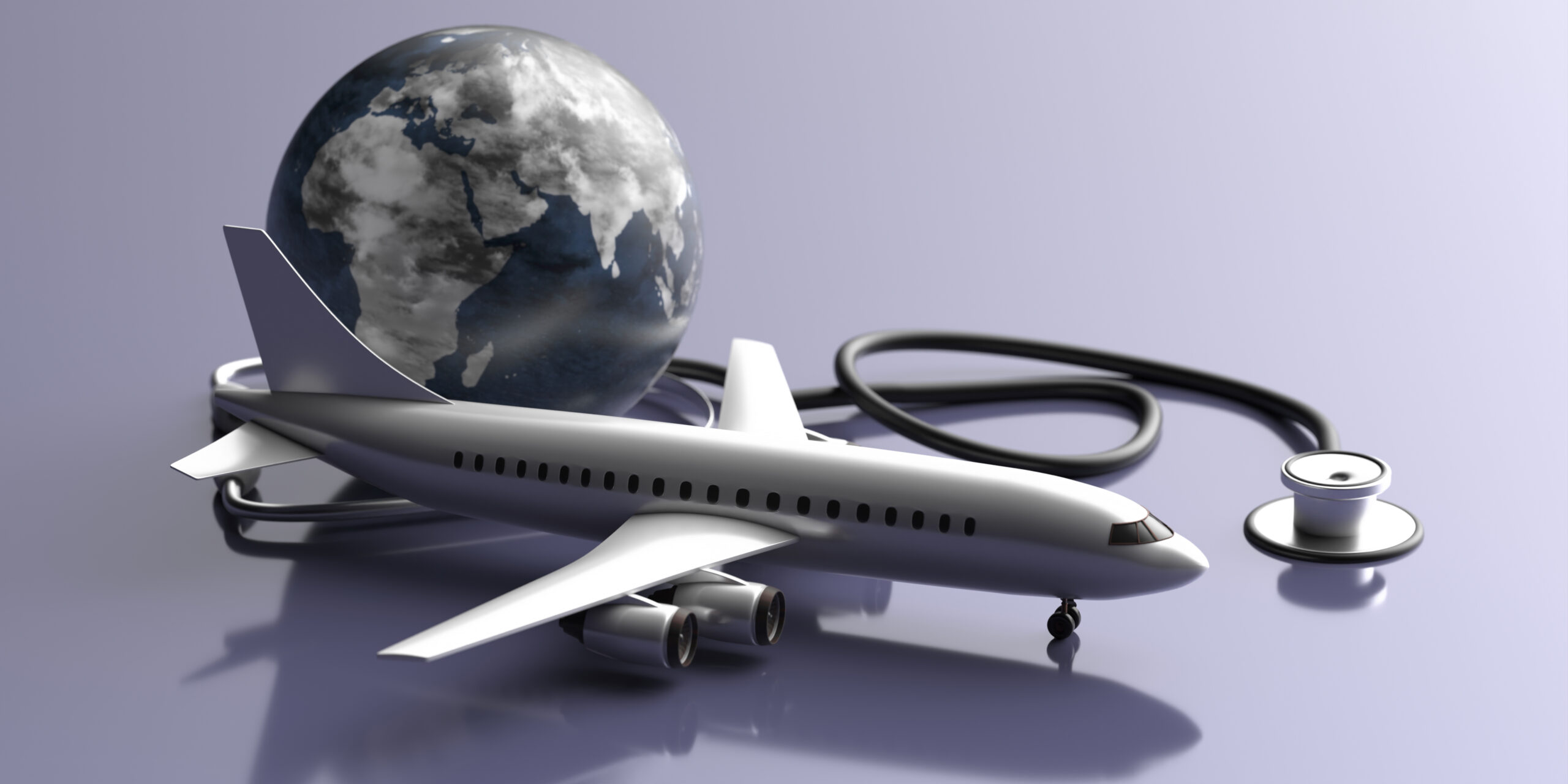A Comprehensive Examination of Benefits, Risks, and Impacts on Healthcare Systems
Medical tourism, the practice of traveling abroad for medical treatment, has evolved into a thriving global industry. The phenomenon allows patients to access affordable, high-quality healthcare that may be unavailable or prohibitively expensive in their home countries. As detailed in The American Journal of Medicine, the rise of medical tourism is reshaping healthcare systems worldwide, introducing both opportunities and challenges.
The Growth of Medical Tourism
The global medical tourism market has grown significantly, driven by increasing healthcare costs in developed countries and the ease of international travel. Millions of patients travel each year to destinations such as Thailand, India, and Mexico for medical services, ranging from dental procedures to complex surgeries. The affordability of care is a key factor, with cost savings of up to 80% compared to the United States or Europe.
Advancements in healthcare technologies and infrastructure in emerging markets have also fueled this growth. Many hospitals in medical tourism hotspots now meet international accreditation standards, ensuring high-quality care for foreign patients. Additionally, the integration of travel with medical care offers patients the chance to recover in serene environments, blending healthcare with leisure.
Economic and Healthcare Benefits
Medical tourism generates significant economic benefits for host countries. The influx of foreign patients drives revenue not only in the healthcare sector but also in related industries such as hospitality and tourism. For example, cities with thriving medical tourism markets often experience booms in hotel occupancy and transportation services. This revenue supports local economies, creates jobs, and funds further development in healthcare infrastructure.
On the patient side, medical tourism provides access to life-saving treatments at a fraction of the cost. In countries with high healthcare costs or long wait times, traveling abroad offers timely and affordable alternatives. For example, cardiac surgeries that cost over $100,000 in the United States are available for $10,000 to $20,000 in India, often with comparable outcomes.
The Future of Medical Tourism
Looking ahead, medical tourism is expected to continue its upward trajectory, driven by globalization and innovations in healthcare delivery. Digital health tools such as telemedicine are likely to enhance pre- and post-treatment care, improving the overall experience for medical tourists. Emerging destinations in Africa and Eastern Europe may also challenge established markets, offering new opportunities for patients seeking affordable and high-quality care.
Sustainability will be key to the industry’s growth. Addressing regulatory challenges, promoting equitable access, and ensuring quality standards will be essential for maintaining medical tourism’s positive contributions to global healthcare.
Source:
The American Journal of Medicine. (2018). Medical Tourism: Bridging Global Healthcare Gaps.



